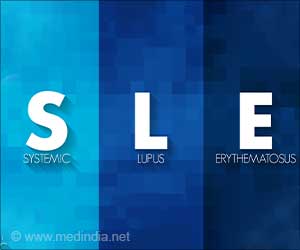A crucial part of the nervous system whose malfunction may account for an increased risk of death from heart failure has been identified by a team of neuroscientists and anesthetists.

The research team, led by Dr Tony Pickering and Professor Julian Paton from the University of Bristol and colleague Professor Robin McAllen from the Florey Neuroscience Institute in Melbourne, developed novel methods which enabled them to explore the activity of nerve cells as they control the beating heart.
The brain controls the heart through two divisions of the nervous system; parasympathetic (vagal) and sympathetic nerves. One of these nerves, the vagus, acts to slow heart rate as part of protective cardiovascular reflexes, which are vital for cardiac health. A loss of vagal control is a major risk factor in human cardiovascular diseases such as heart failure and hypertension.
Vagal information to the heart is transmitted through a special group of nerve cells that remarkably lie on and within the beating heart muscle. Until now, these important neurones have proved especially difficult to access and record in a system with preserved natural connections. However, academics at the Bristol Heart Institute and Bristol Neuroscience have developed a novel technique that allows the neurones to be held stable while the heart is still beating and their central neural connectivity remains intact.
Using this method the researchers were able to produce high-precision recordings from the cardiac ganglion neurones on the surface of the beating heart whilst retaining their inputs from the nervous system.
The results reveal how these neurones process their inputs and demonstrate that the ganglion plays a key role in regulating the level of vagal tone reaching the heart. This identifies the cardiac ganglion as a site at which the vagal transmission may fail and therefore a potential target for interventions to restore vagal control in cardiovascular diseases.
"As loss of vagal tone is found in a number of cardiovascular diseases such as heart failure, following heart attack, in high blood pressure and diabetes, and is associated with poor prognosis and an increased risk of death, our results indicate that therapies targeted at the cardiac ganglion could restore vagal tone and potentially improve outcomes."
Source-Eurekalert
 MEDINDIA
MEDINDIA




 Email
Email










